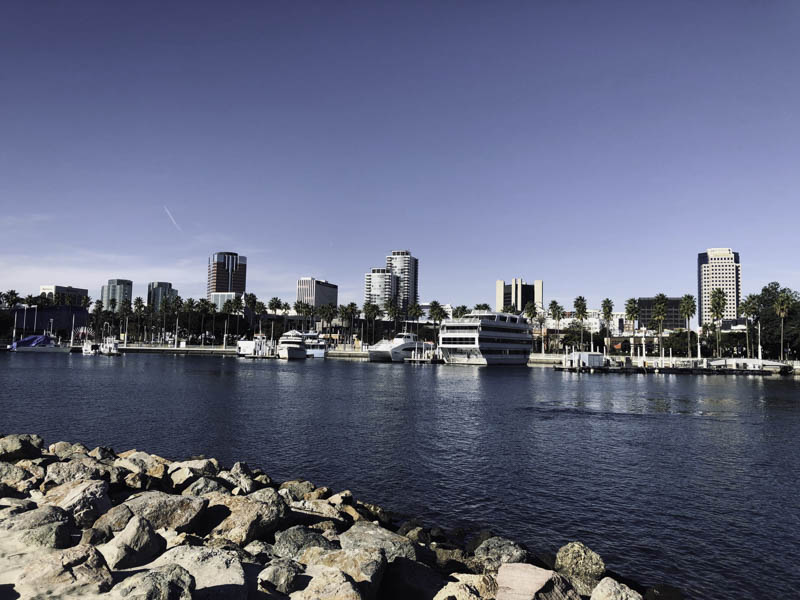Home » Cost Guides » California Cost Guides » How Much Does it Cost to Build a House in Long Beach?
Long Beach is known for having the best waterfront attractions such as the Aquarium of the Pacific and the Queen Mary. It also has several museums, theaters, a highly-rated school district, the Long Beach Airport, and the Port of Long Beach. Despite possessing such infrastructures and being the sixth-largest in California, the city still highlights a small-town, rural atmosphere with bike-friendly streets, a lively community, and a pool of creative artists.
While serving as a home to almost half a million people, Long Beach maintained a strong sense of individuality and a strong bond between its neighborhoods. It has set the bar for high-quality, innovative urban planning, and livability efforts that vitalize progressive and sustainable communities. Through a variety of development, code enforcement, housing services, and building activities, the city works relentlessly for a better future while also paying tribute to its past.
With such an inviting vicinity, many are eyeing moving in and establishing a place in Long Beach. Therefore, residents and settlers have one question: how much does it cost to build a house in Long Beach?
The Cost of Building a Custom Home in Long Beach

The cost to build a house in the progressive town of Long Beach starts at around $100 per square foot for a value-conscious home, $170 for a mid-range, and $300 or above for a high-end type. These values show resemblance to California’s average building costs, ranging from $100 for low-end to $500 per square foot or more for the luxury type. As one of the most expensive cities to establish a home, Long Beach residents may spend 9% higher than the national average cost of homebuilding.
Hard Costs
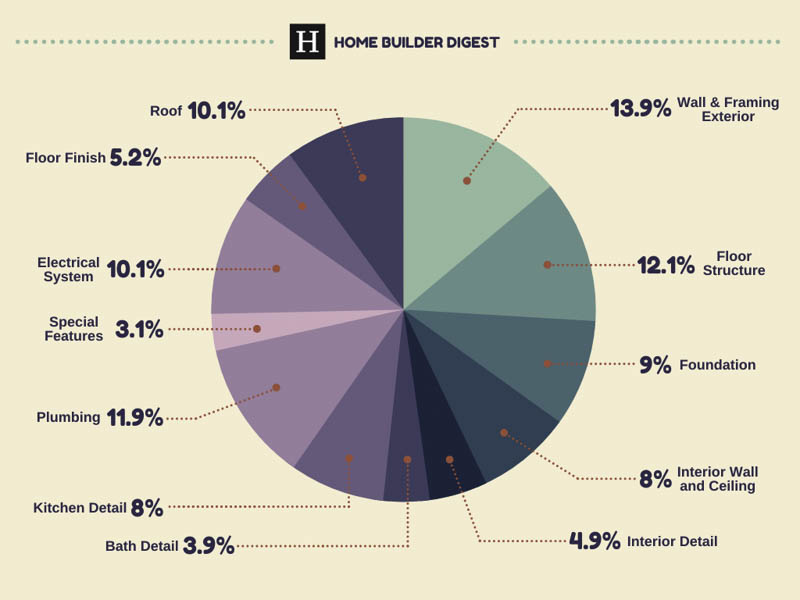
Figure 1. Typical cost breakdown of a single-family home constructed using the conventional method, according to Home Builder Digest.
Hard costs pertain to the physical building of the residential structure and its related labor costs. A few common costs under this category are the foundation, framing, electrical, plumbing, roofing, and other interior details. In completing a safe and durable space for homeowners, contractors in Long Beach focus on these elements and phases of the construction process:
Plumbing: On average, Long Beach homeowners have spent $351 on plumbing materials, labor, equipment, and fees. This cost can go up to $505 or more.
Interiors: To ensure that the interior wall paint retains its vibrancy even after a long period of time, one can hire an interior house painter in Long Beach to do the job for $6,856 to $9,203 in total.
Framing: For the structure, homeowners will spend approximately $1,187 to $10,684. This estimate includes costs for the foundation, walls, ceiling, and other parts that will frame the house.
Roof: Asphalt roof in Long Beach costs $4.80 to $8.20 while metal roof cost ranges from $9.20 to $14.30 per square foot. If including labor, equipment, and other fees, this will result in a total cost of $10,562 to $50,100.
Foundation: Foundation is one of the most essential parts of homebuilding. This will cost $3,374 to $5,762, depending on the materials to be used.
HVAC: Installing an HVAC will start at $1,821 and can go as high as $2,164. This primarily depends on the type, location weather, and size of the house.
Soft Costs
Soft costs include home construction planning, such as the design processing, land, permits, blueprints, and other fees. These occur anywhere during the pre- to post-construction phases, which is why it is important to have thorough research prior to going through the actual building process. Soft costs serve as the backbone of the entire construction, which is why if unplanned, this can lead to additional costs and a delayed timeline. Here are some of the costs to consider when building a home in Long Beach:
Cost of the Land
Long Beach offers a rural and progressive community to all the present and moving homeowners. With its laid-back beach vibes, the city serves as a home perfect for people fond of swimming and lounging on the sand. It has neighborhoods that are unique in their own way, ready to welcome residents with open arms. Knowing that these characteristics are some of the factors to be considered when acquiring land, one can expect land prices in Long Beach to range from $38 to $248 per square foot or above. This includes lands located in the downtown, suburb, and historic districts. Despite the differences in accessibility in every area, the biggest resemblance between these areas is the opportunity to see charming views of the bay and the chance to soak up some sunshine.
Architecture and Design Fees
The average hourly salary of a residential architect in Long Beach, CA is $27 to $37 depending on factors such as education, certifications, additional skills, and the number of years spent in the industry. Working with the best residential architects in Long Beach, California is indeed a worthy investment because this will allow the homeowners to have the most suitable home with spaces that will meet their personal preferences. These professionals hold years of experience and prove that skills, hard work, and passion can go a long way. Other professional fees included in the soft cost of the residential project are engineers, with rates averaging $31 to $52 per hour depending on their level of management.
Permits and Other Fees
To complete most construction projects in Long Beach, one will have to spend about 2% of the total building costs to complete the plan checks, permits, inspections, and other agency fees.
For a Standard Plan check of a building or structure reviewed by staff within the established Standard turnaround time, it will cost 75% of the Building Permit fee per plan check, but not less than $113.40. Other types and additional plan checks are stated and more detailed in the Building and Permit and Plan check fees released by the Long Beach Development Services.
Building permit fees presented in the table are based on the valuation of a project. Other related permits and stated mandated fees are also presented in Building and Permit and Plan check fees.
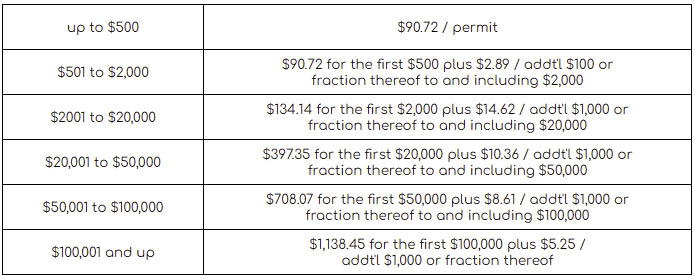
Plumbing permit plan check — minimum fee is 100% of the Plumbing Permit fee per plan check, but not less than $216.00 per plan
Mechanical permit plan check — minimum fee is 100% of the Mechanical Permit fee per plan check, but not less than $216.00 / plan check.
Electrical permit plan check — minimum fee is 100% of the Electrical Permit fee, but not less than $216.00 / plan check.
Fire permit — this includes permit plan and inspections for fire sprinkler plan, standpipe system, fire pump, underground piping, and other related systems.
Fire Life Safety Permit
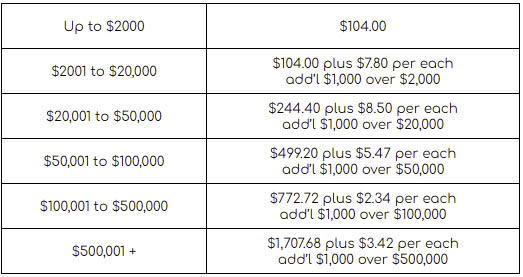
Sewer capacity fee — is required on new residential, nonresidential, or change of use (when additional sewer capacity is required) developments for the purpose of construction, reconstruction, maintenance and operation of the Sewer System. This costs $121.39, effective October 1, 2021, as advised by the Long Beach Water Department.
How do the custom home building costs in Long Beach compare to other cities?
Homebuilding costs in California are generally 9% higher than the national average cost. This is the same case for Long Beach, as well as other cities in the state such as Herlong, Inglewood, Marysville, and Pasadena. Meanwhile, those living or wanting to live in the cities of Novato, Sunnyvale, San Mateo, and Oakland will procure higher costs of construction. Building a house in these cities will cost 15% to 25% above the national average. San Francisco is the most expensive place to build a house at $500 to $800 per square foot or 27% above the national average, according to Home Builder Digest.
With -3% below the average, Redding is the cheapest location to build in California, followed by Fresno at -2% and Modesto and Salinas at 1% above the national average. These cities are followed by Bakersfield, Oxnard, and San Bernadino at 3% and Rancho Cordova, Riverside, and Stockton at 4% more than the national average.
What Leading Custom Home Builders and Architects that Serve Long Beach Say
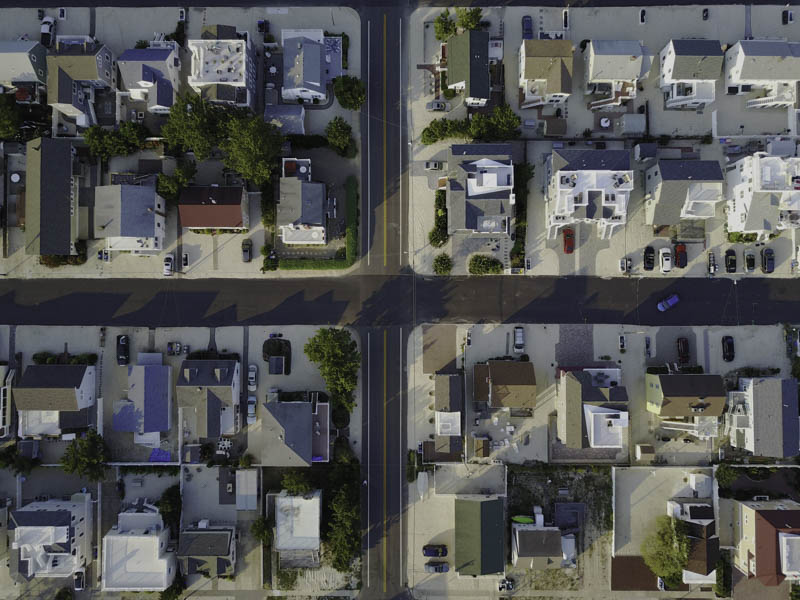
The editorial team reached out to the leading custom home builders serving the city of Long Beach. One respondent is Jim Brophy of October 5. Though their firm is not providing services to value-conscious homes, he has given estimates for mid-range homes and high-end custom homes. He stated that for mid-range homes, a homeowner may have to spend around $275 to $325 per square foot. On the other hand, for high-end custom homes, the price will range around $375 and above. For Jim, the biggest issue to be faced by the construction industry is inflation. Given how the governments responded to change in the economy brought by the pandemic, this inflation will surely bring an effect on every industry in the world.
The Future of Residential Construction Industry in Long Beach
A few months before the pandemic hit the country, Long Beach announced that its construction activities continue to thrive. The Mayor mentioned that developers continuously invest in new housing and commercial developments, families are moving in, and thousands of businesses are opening annually. Indeed, Long Beach was declared a city on the move. He also noted that the city’s economy is heading towards a progressive future. Moreover, at the close of 2019 the city issued 2,255 new business licenses, diminishing the unemployment rate, addressing the housing shortages, and expecting the rise of almost 4,000 residential units.
Early 2020, the pandemic caused delays to these projects and, in a few cases, forced developers to back out. Despite these changes, there are still more than 60 ongoing projects citywide. Further reassurance came from Christopher Koontz, deputy director of Long Beach Development Services, stating that their partners have been working to keep projects going to provide the employment, housing, goods, and services the Long Beach residents need.
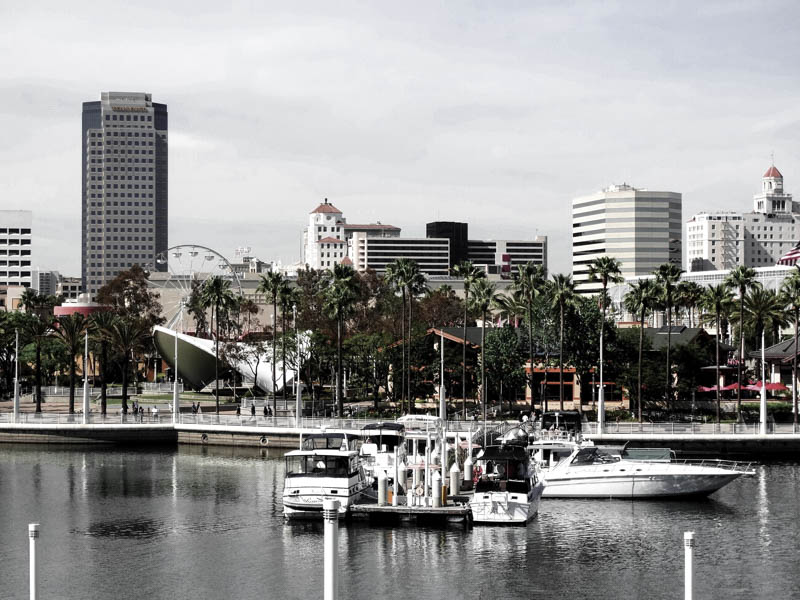
With over 7,000 completed, under construction, approved, and for-review units, residential development has been considered the busiest industry in the city. These include apartments, condominiums, townhomes, and affordable and luxurious detached single-family homes. Also included in this figure are more than 900 affordable units, permitting developers to construct projects at a lower cost that guarantee rents below market value. Many of these affordable developments aim to cater to seniors, veterans, and the homeless.
Long Beach’s capacity to remain steadfast even with unforeseen situations proved its potential for continuous growth. With a long list of residential and commercial projects in the pipeline, the city’s skyline is expected to continue to grow and change.
Considering building a home in Long Beach?
Contact us for a free consultation

